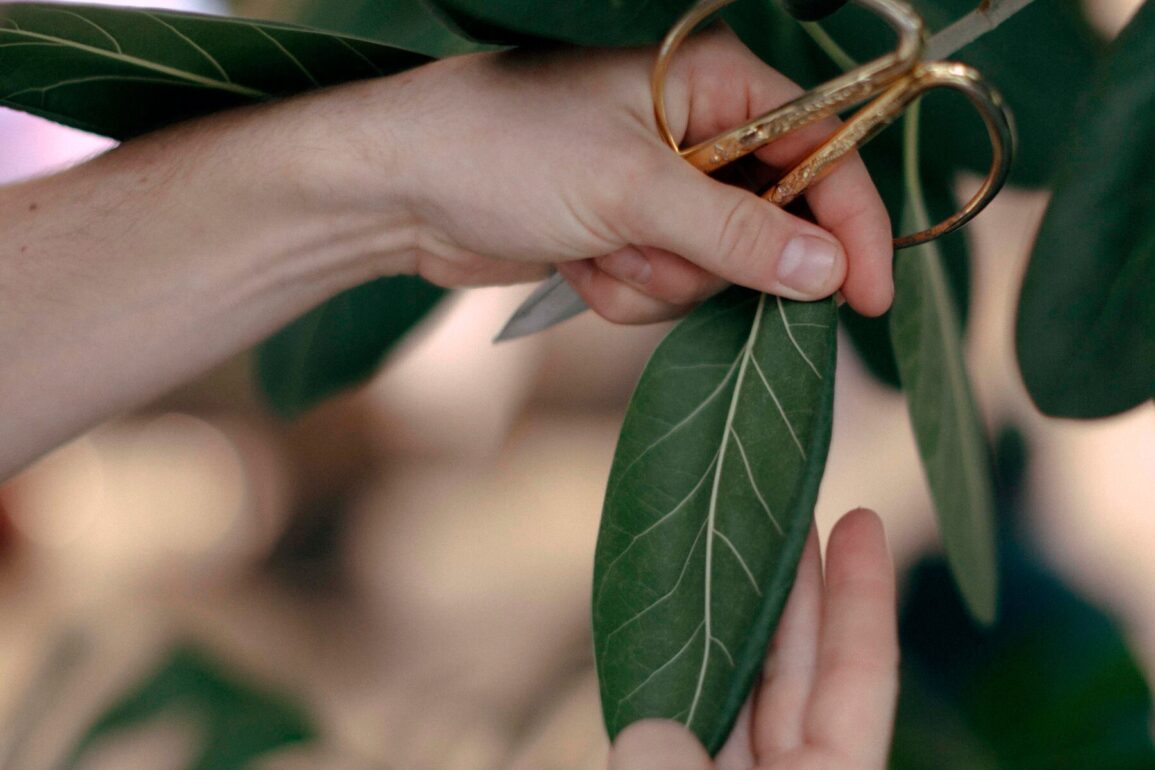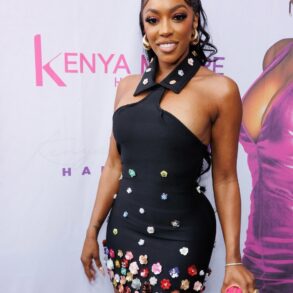Felipe Gallegos used to work in fashion, designing store displays for Abercrombie & Fitch and Uniqlo. Now he spends his days with plants, helping them thrive in office buildings across New York City.
On a recent morning, Mr. Gallegos and eight of his fellow plant keepers from Greenery NYC, which designs plant installations and maintains them for a range of companies, were gathered outside the Etsy headquarters in Brooklyn. As they prepared to advance on the 20,000 plants growing within the nine-floor building, they might have been mistaken for an artist collective or a large alternative band.
The Greenery crew is part of a new plant crowd — people who worked in theater, media, fashion and the arts before deciding that they would be happier taking care of monsteras and birds of paradise for a living.
Greenery’s 21 plant keepers, called horticulturists, typically make their rounds during working hours. Dressed casually, they move quietly from plant to plant. Office employees may not even notice them but for the watering cans strapped to their backpacks. The tenders often stop to tap detailed notes into their phones concerning any changes in the health of the green things in their care.
Most offices require a team of three or four tenders, who spend a few hours watering, pruning and perhaps moving plants so that they receive the appropriate amount of light and shade. The Etsy workplace, at 200,000 square feet, presents a real challenge, and the crew may stay there up to 8 hours.
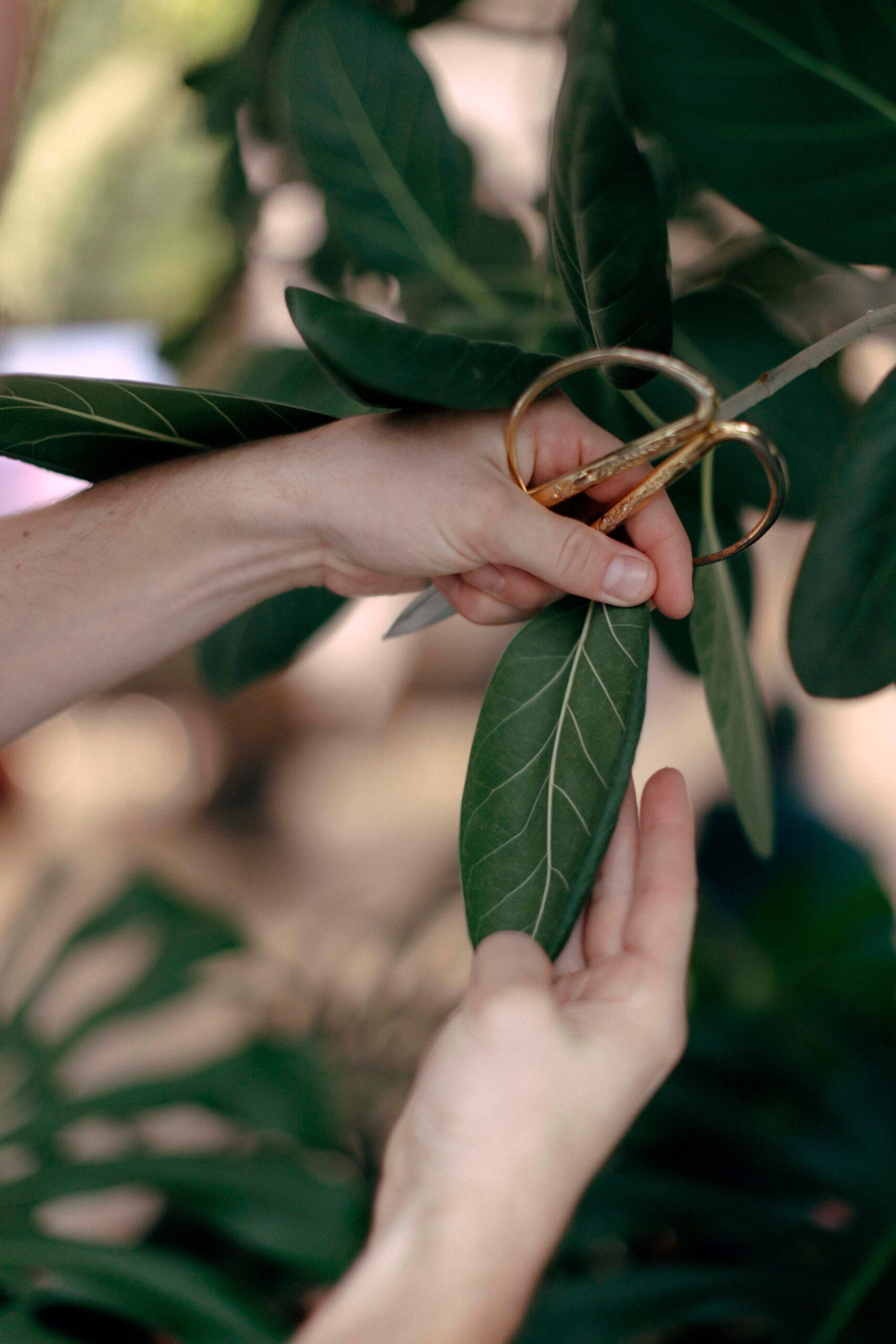
At Etsy, Mr. Gallegos, 38, tended to viney pothos and birds of paradise as his colleagues fanned out across the building. Then he stepped back to assess his work.
“That’s something embedded in me from doing visual merchandising,” he said. “Is it looking great from all angles?”
Rebecca Bullene, the founder of Greenery NYC, said her company has been flooded with applicants lately. “They say, ‘I keep seeing these plant stores. I need a lifestyle shift,’” she said. That’s a big change from a decade ago, she added, when she had a hard time finding workers, and most came from a landscaping background.
For the employees at Greenery NYC, whose clients include Bank of America, Google, Cartier, Netflix, The New York Times and other companies, there is also the aesthetic challenge of choosing the right plants and flowers for a given space.
Erin Eck, the director of continuing education at the Brooklyn Botanic Garden, says she has noticed a rise in interest in the garden’s certificate program in horticulture. Until recently, she said, the people who went to the classes were mostly retirees. Now there’s a waiting list, and the students “are looking to do this as a profession,” Ms. Eck said.
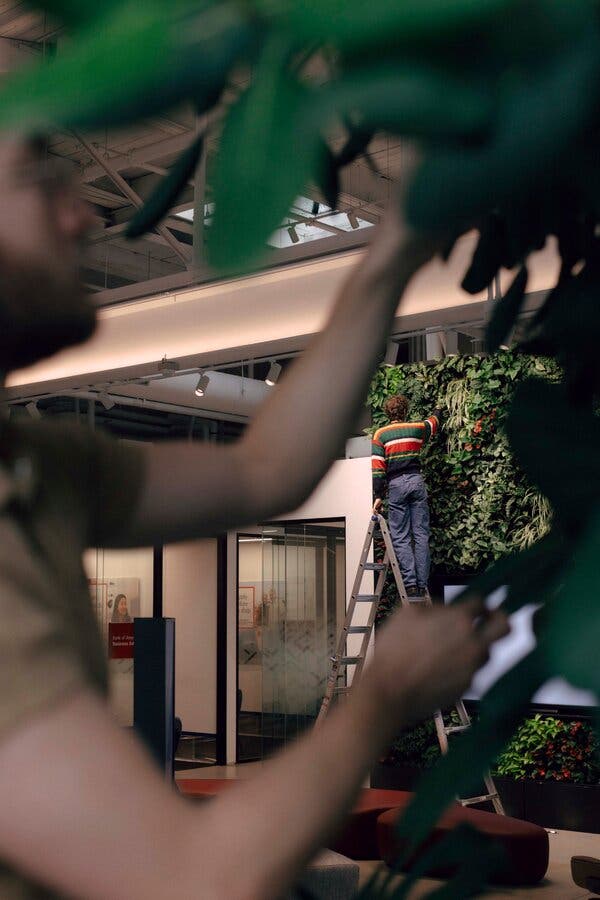



Lauren Clark, who has a master’s degree in history from Sarah Lawrence College, spent 12 years working as a freelance historical researcher on documentary films. She felt unsatisfied with her career but deeply content when she transformed a concrete pit behind her Brooklyn apartment into a garden. So she took a job with the North Brooklyn Parks Alliance and is now one of two gardeners in charge of McGolrick Park in Greenpoint.
“When I’m walking down the street with clippers in my belt and covered in dirt, I’m aware that I don’t look like a Sarah Lawrence grad,” Ms. Clark said.
It may seem like a leap to go from working on documentaries to pulling weeds, but plant care has come to be regarded as a career akin to working in design or the arts. It’s telling that the writers of “Beef,” the Netflix show starring Ali Wong, fashioned Ms. Wong’s character as the owner of an upscale plant shop, KoyoHaus.
The hipification of the plant business fits in with related movements in fashion, cuisine and design that came along around the turn of the century: High-end fashion designers drew inspiration from Carhartt and other workwear brands that had long made clothes for laborers; chefs assembled seasonal menus of simple fare at farm-to-table establishments with cracked wooden tables; and interior designers moved away from anything rococo to a refined version of Grandmother’s house in the woods.
Plants were a natural candidate to be remade by the mania for rustic chic. Macramé hangers and Bzippy planters started appearing on Pinterest mood boards; tiny potted succulents decorated office desks and apartment windows. With the emergence of biophilic design, which brings natural elements to homes and offices to promote a sense of well-being, lush plant displays became essential to Silicon Valley start-ups and established companies alike.
Taylor Johnston, who runs a nursery in Rhode Island, Issima, and a women’s workwear brand, Gamine, can recall the days before plants became must-have accessories and the people who took care of them received little respect.
Despite having a degree in horticultural design, Ms. Johnston had few opportunities and little social status when she started out, she said. She worked at flower farms and made ends meet in residential landscape design. “People truly called me ‘the help,’” Ms. Johnston said, recalling an encounter with a snobbish homeowner.
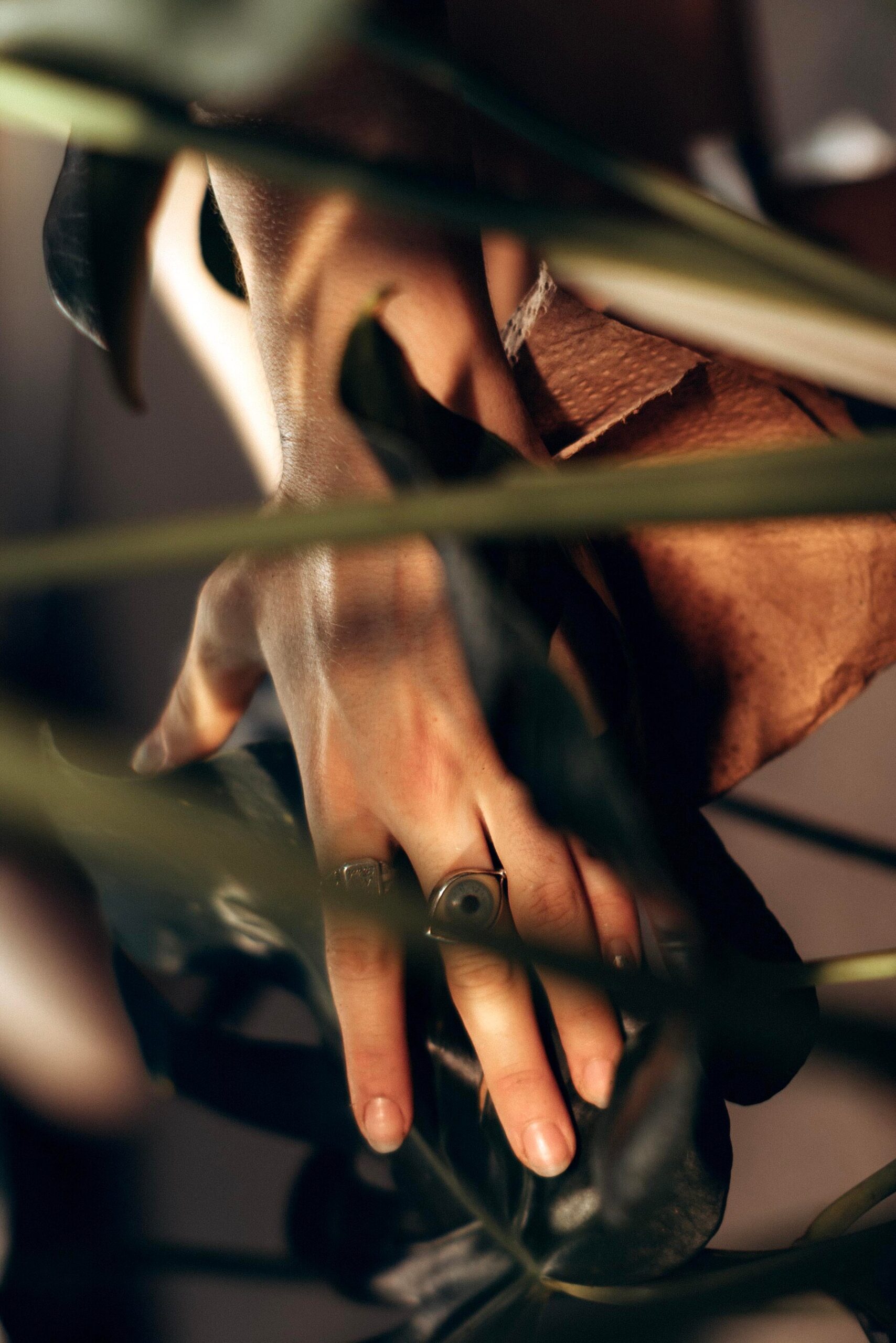



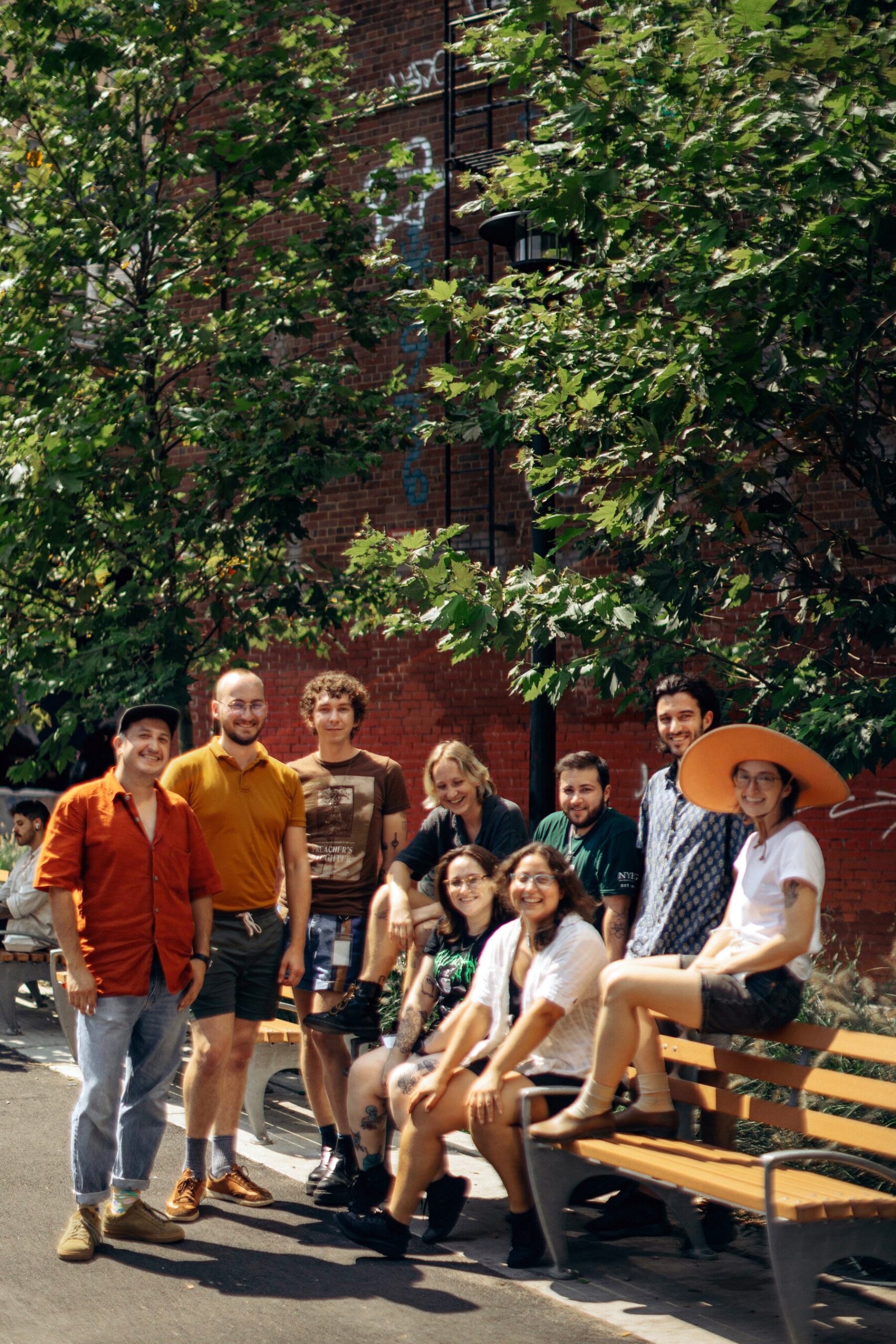



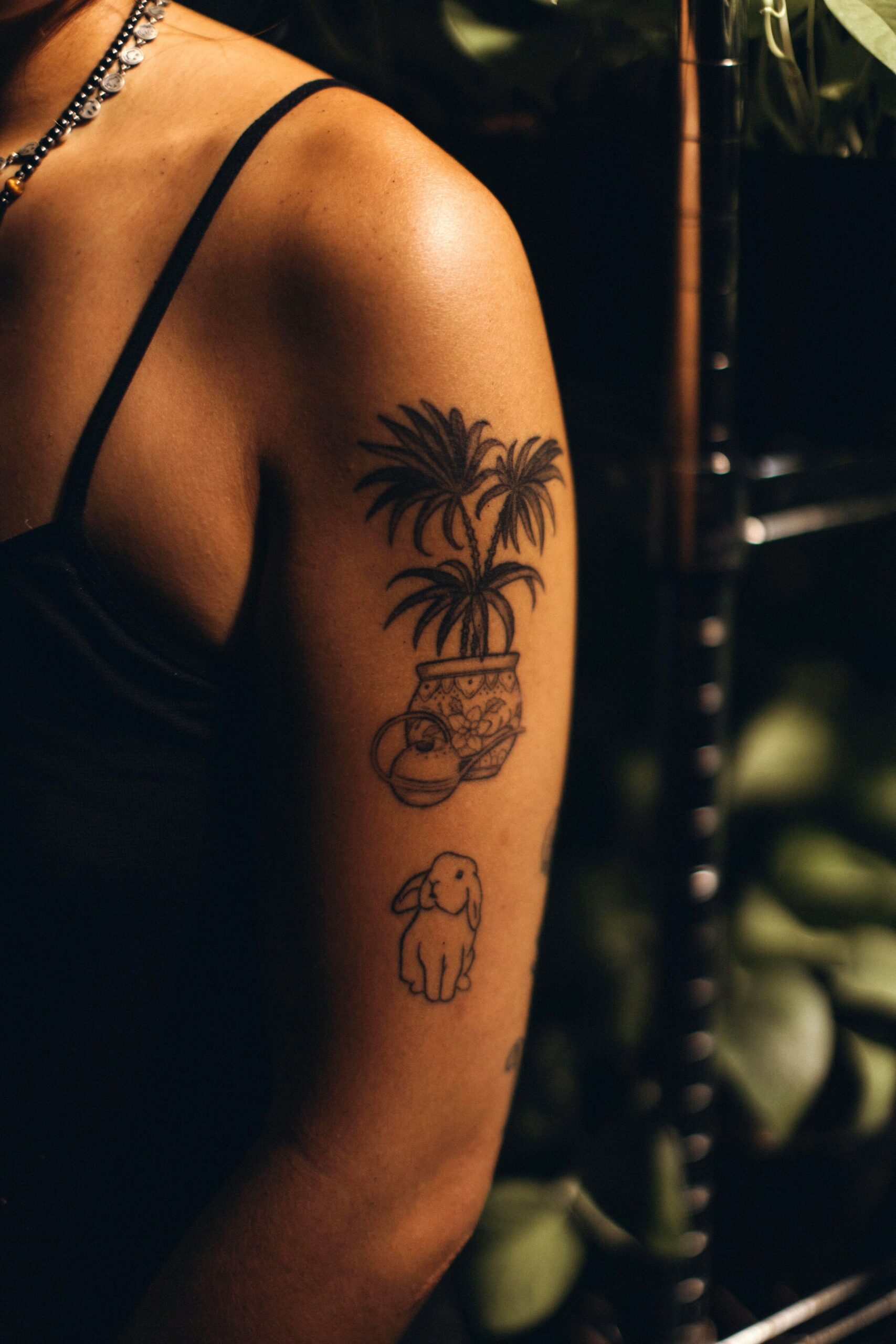



In 2008, the fashion retailer Anthropologie started a garden and home brand, Terrain. Hilton Carter, who was then a fledgling filmmaker, remembered visiting the flagship store and cafe in Glen Mills, Pa., and being “hit over the head,” as he put it, by the beauty of the tropical plants suspended like chandeliers.
He went on to become a plantfluencer on Instagram and the author of several books on plant-centered home design. He says he has noticed a change in the status of houseplants since he entered the field. “There wasn’t a lot of, ‘Let’s treat plants like art,’” he said. “Now you’ll see that.”
In 2012 came the Sill, a New York store with the motto “Plants Make People Happy.” Its founder, Eliza Blank, set out to not only sell chicly potted houseplants to nature-starved urbanites but to build a whole mood around plants. “It felt like this overlooked category that had all the makings of a beautiful brand,” Ms. Blank said. Soon her company was installing thousands of plants in offices across the city, in luxuriant displays.
Other upscale boutiques that have sprung to life include Cactus Store, Folia Collective, Homecoming, Sprout Home, Tula House and Greenery Unlimited, the retail outlet of Greenery NYC. Many of them double as cafes. They also sell ceramics made by artists, along with the latest issue of Apartamento magazine. The sales staffs typically have the modern plant-keeper look — jumpsuits in the style of Ilana Kohn and cotton work aprons, rounded out with Birkenstocks or beat-up sneakers.
Nick Cutsumpas adopted the name Farmer Nick after he quit his six-figure sales job at a Manhattan tech start-up to become a full-time gardener. “It was such a refreshing escape from my corporate laptop world,” he said. Now he has clients in New York and Los Angeles for his business as a “plant coach,” a term he invented for himself.
“I wanted to be the one digging the holes and carrying the soil up a four-story walk-up,” Mr. Cutsumpas said. “Those were the things I reveled in.”
Ms. Bullene, of Greenery NYC, worked for nearly a decade in book publishing before taking a job as an in-house editor at the Brooklyn Botanic Garden, where she learned horticultural design and began consulting for residential and corporate clients.
Ms. Bullene said that many of Greenery’s 38 employees, including the 21 horticulturists who go into office buildings around the city, have backgrounds in media, fashion and related fields.
“Most of our staff is into music and art,” she said. “There’s a cultural acceptance of plants as being part of design.”
On a recent morning at the company’s work space in the Greenpoint neighborhood of Brooklyn, dozens of macho ferns were lined up on the pavement, destined for the Google building in Manhattan. Nearby, Hallie Goldberg cared for a cluster of office-bound plants, including monsteras, with leaves dappled with holes like a Swiss cheese.
Ms. Goldberg, 28, worked as a stage hand and in retail jobs after studying theater in college. On this day, she was dressed in Levi’s bib overalls (the front pocket was just right for holding a pruning tool) as she used a rag doused with two parts water and one part alcohol to wipe a rust fungus from the leaves.
“I had no idea this was a career before I started here,” Ms. Goldberg said. She added that she loved the work, saying, “It completely activates this side of my brain that was activated when I was doing theater.”
Another employee, Elan Nguyen, 23, a graduate of the Fashion Institute of Technology, was repotting tropical plants as Fleetwood Mac’s “Rhiannon” filled the open workroom. Her black tank top revealed arm tattoos of a Chinese fan palm and a delicately drawn maidenhair fern. She hoisted a bag full of clay pebbles, pouring some into a ceramic pot. Then she muscled a plant out of a plastic pot and into the ceramic planter.
“I’m always moving, instead of sitting rotting away at a desk,” said Ms. Nguyen, who worked briefly for a clothing brand before tending to plants. “This is like a workout.”
Since plant care became a fashionable career, Ms. Bullene says, she has had to change her recruitment strategy: Instead of persuading potential candidates that it’s an amazing job, she tries to scare them off by emphasizing that the work requires serious manual labor.
You may have one hour to unload 650 plants off a truck in a rainstorm, she tells prospective employees. You may have to lug a 60-pound bag of soil up 10 flights of stairs in an office building, because the freight elevator is broken.
“People have this Pollyanna view of working with plants,” Ms. Bullene said. “They come to us because they think it’s going to be chill.” She laughed. “I don’t know any job in New York City that’s chill.”
This post was originally published on this site be sure to check out more of their content.




